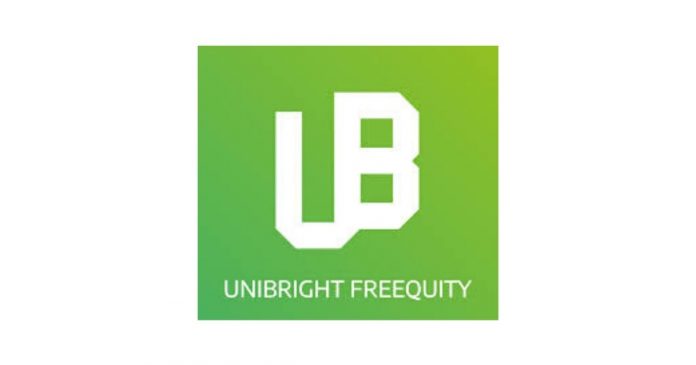Unibright has announced the release of its most recent tool, Freequity.
They called on their community to watch the demo of Freequity, which they called – the 360° tokenization platform. The demo is an explanatory video that showcases the present development of the components on Unibright Freequity.
Watch our demo about Freequity, the 360° tokenization platform#blockchain #tokenization #liquidity #STO #Deutschland $ubt #asset https://t.co/o5eed25m2S pic.twitter.com/9U6iaydJQt
— Unibright (@UnibrightIO) May 5, 2020
In the demo, the founders of Unibright, Marten Jung (CEO) and Stefan Schmidt (CTO), gave an exhaustive guide of Freequity, using real estate as an example. This also shows that Freequity works effectively with key aspects of security token offerings (STOs). This includes the issuance of tokens. As well as, liquidity pool set-ups, regulations, and integration. All these components are based on guaranteed liquidity.
About Freequity
Freequity is a platform that covers every important phase of a tokenization process and helps in their integration into markets and system landscapes. Freequity is also an all-round tokenization platform that will enable users to run smooths STOs. According to the report, Freequity is “Unibright’s vision of a regulatory compliant 360° security token platform.”
As a company whose aim is to enable businesses to integrate blockchain into their operations via their products, Unibright introduces Freequity which covers the entirety of a security token offering. Freequity covers different stages; from defining the digital asset, to generating its technical implementation, then the provision of a liquidity pool.
The core of this tokenization platform is the issuance of tokens, a trading marketplace, and a liquidity assurance. However, the Unibright Token (UBT) is needed by customers, to enable them to utilise the components of Freequity.
Token issuance
A token represents the digital reflection of the legal agreement between the parties involved while tokenization is the underlying legal contract. As the owner of a digital asset, the underlying asset and security have to be defined. This process does not change with the introduction of blockchain and can still be handled “off-chain”.
Most tokenization platforms focus on handling token sales by themselves. Now it depends on the owners of the project to find a KYC solution and approval of regulation. In the long run, they would also need to find an exchange where they can list and trade their crypto assets.
Within the new platform, the technical conclusion concerning the design of a token is abstracted. Thereon, the issuer guides through a graphical process, depending on their level of knowledge. After this, the related smart contracts and the tokens will be automatically generated for a particular blockchain protocol, as desired by the user. The new platform also provides an “in-house” liquidity pool.
More information about Freequity can be found here.
Recently, Unibright recently released an overview of what to expect on its platform. In a blog post, they disclosed details on the Technical Steering Committee (TSC). As well as, its role, and what “baselining” represented.




























